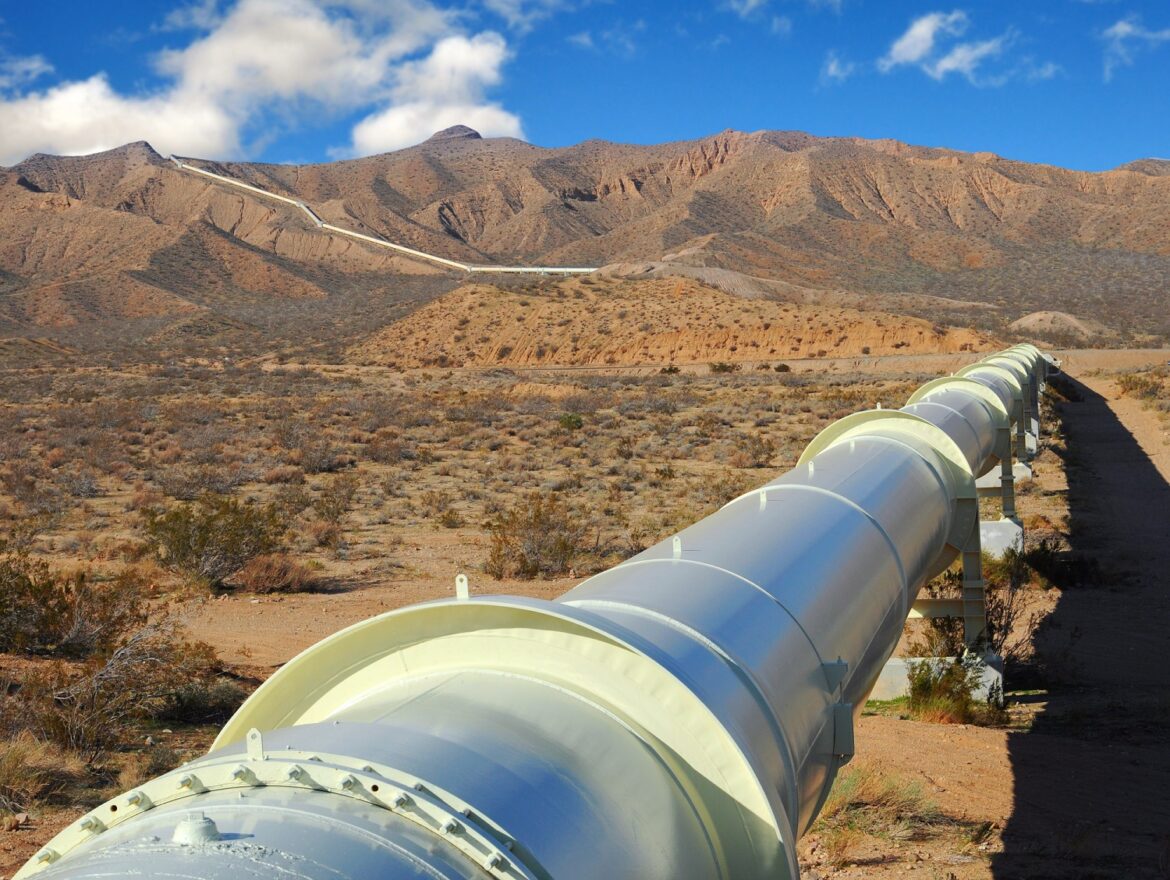The Beira corridor stands as a critical fuel supply route for Zimbabwe and a primary transit pathway for fuels heading to Zambia and the Katanga region of the Democratic Republic of the Congo.
Integral to the region’s energy infrastructure are the combined assets of CFM (Port of Beira operator), CPMZ (Mozambican pipeline operator), PZL (Zimbabwean pipeline operator), and NOIC (Zimbabwe’s government-appointed shipper).
Their efficient operation ensures energy security for Mozambique and the landlocked nations along the Beira corridor, including Zimbabwe and Zambia.
The Beira-to-Harare oil pipeline, approximately 500 kilometers long, is powered by two pumping stations in Mozambique and one in Zimbabwe.
Supporting this infrastructure are tank farms at the Port of Beira, Feruka (serving the Manicaland region), and Harare (acting as a regional distribution hub for Zimbabwe).
The fuel supply to Zimbabwe is governed by the Pipeline Operating Agreement between CPMZ and the Zimbabwean government.
Project Cobalt: A Collaborative Vision
Project Cobalt exemplifies a coordinated approach among stakeholders to develop the Beira corridor as the main fuel supply route beyond Zimbabwe, reaching Zambia and the Katanga region.
After months of preparatory work, CPMZ and the Zimbabwean government formalized their collaboration with a Memorandum of Understanding, setting out an action plan to establish Harare as a competitive hub for distributing refined oil products.
According to NOIC CEO Wilfred Matukeni, Project Cobalt, launched in 2022, aims to encourage traders to transport fuels via the pipeline, resulting in significant growth in fuel transit volumes to 270 million liters in 2022.
To realize the shared vision for the Beira corridor, CPMZ and the Zimbabwean government are closely coordinating their pipeline expansion plans. CPMZ recently announced new pumping platforms, boosting the Beira-Feruka pipeline’s capacity to 3,000,000 cubic meters per year.
Concurrently, NOIC is upgrading the Feruka-to-Harare pipeline to match this capacity. Both parties are preparing for the next phase, aiming to increase the pipeline’s capacity to 5,000,000 cubic meters per year.
These expansions will meet the growing demand in the hinterland, aligning with the strategic vision to make the Beira-Harare pipeline the preferred carrier of refined products and establish Harare as a key fuel distribution hub.
Despite the new capacity, Zimbabwe has faced difficulties absorbing the additional volumes, leading to requests for reduced flow and even halts in pumping operations.
This challenge jeopardizes the utilization rate and profitability of the new infrastructure investments. Additionally, Zimbabwe’s intention to build a second pipeline, valued at around $1 billion, raises economic concerns.
With the current pipeline expansions anticipating and largely meeting future demand, the rationale for new infrastructure amidst unprofitable investments remains questionable.
Such a project risks financial losses for both Mozambican and Zimbabwean entities in a context of scarce resources and challenging macroeconomic conditions.
![]()




